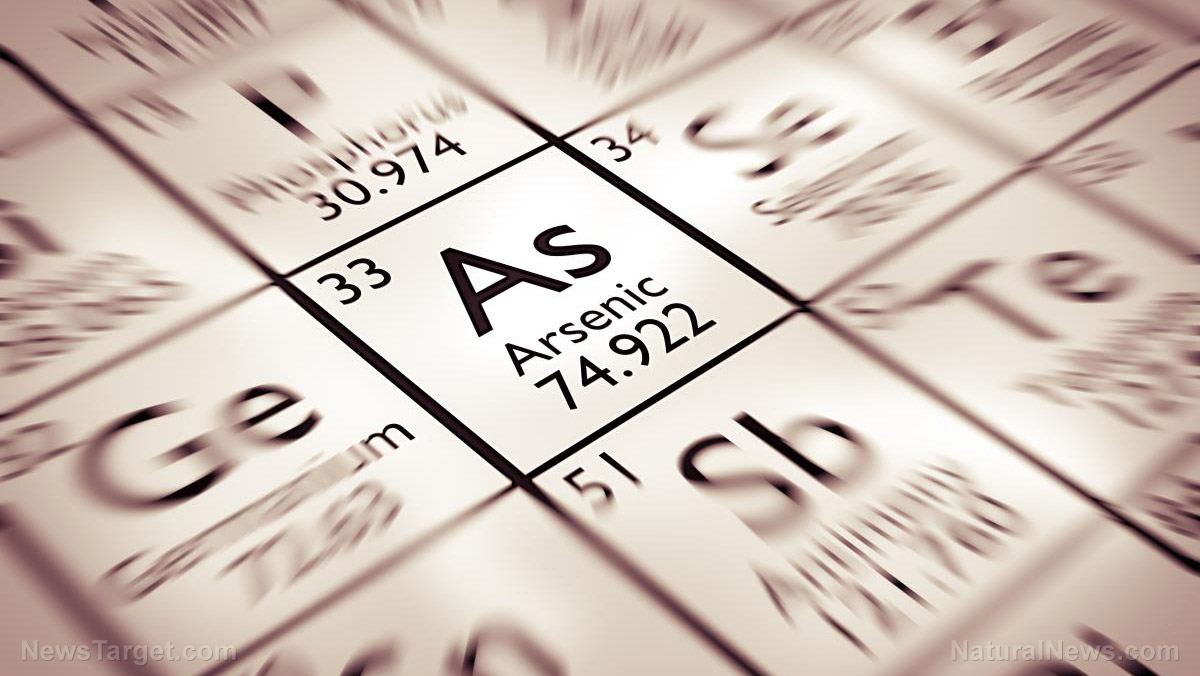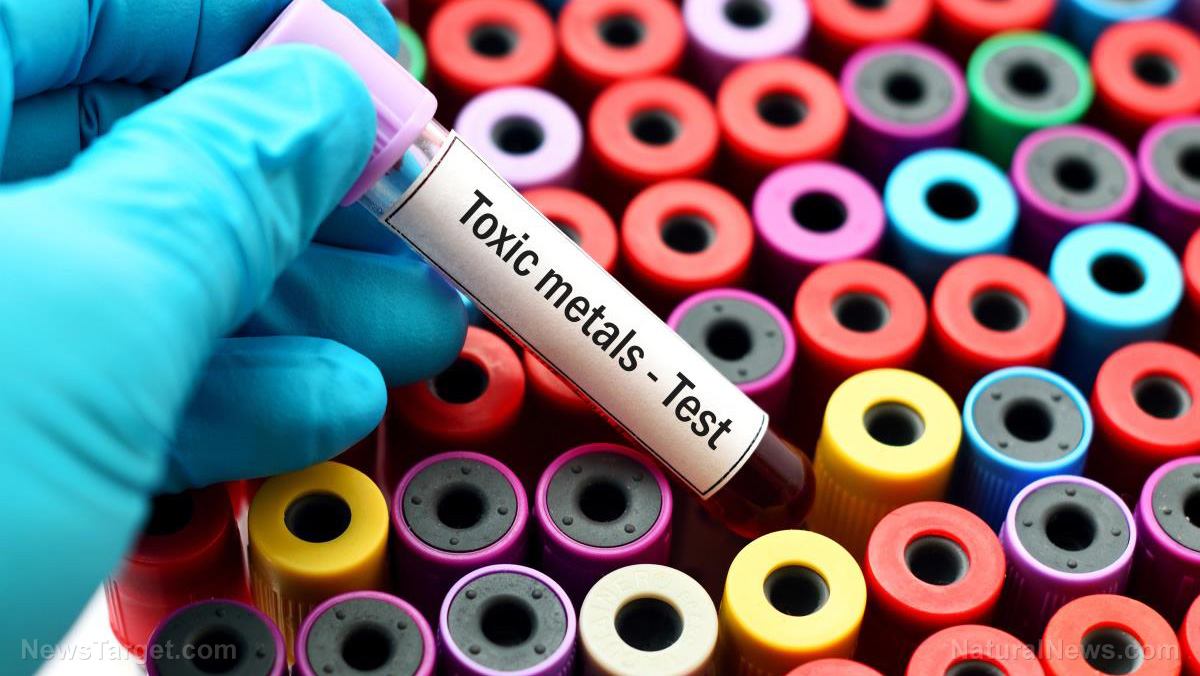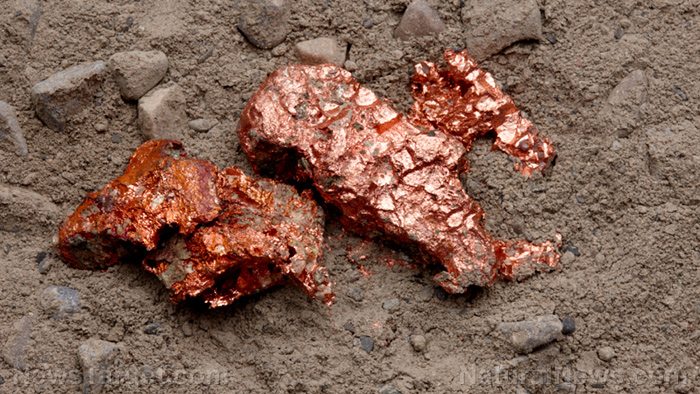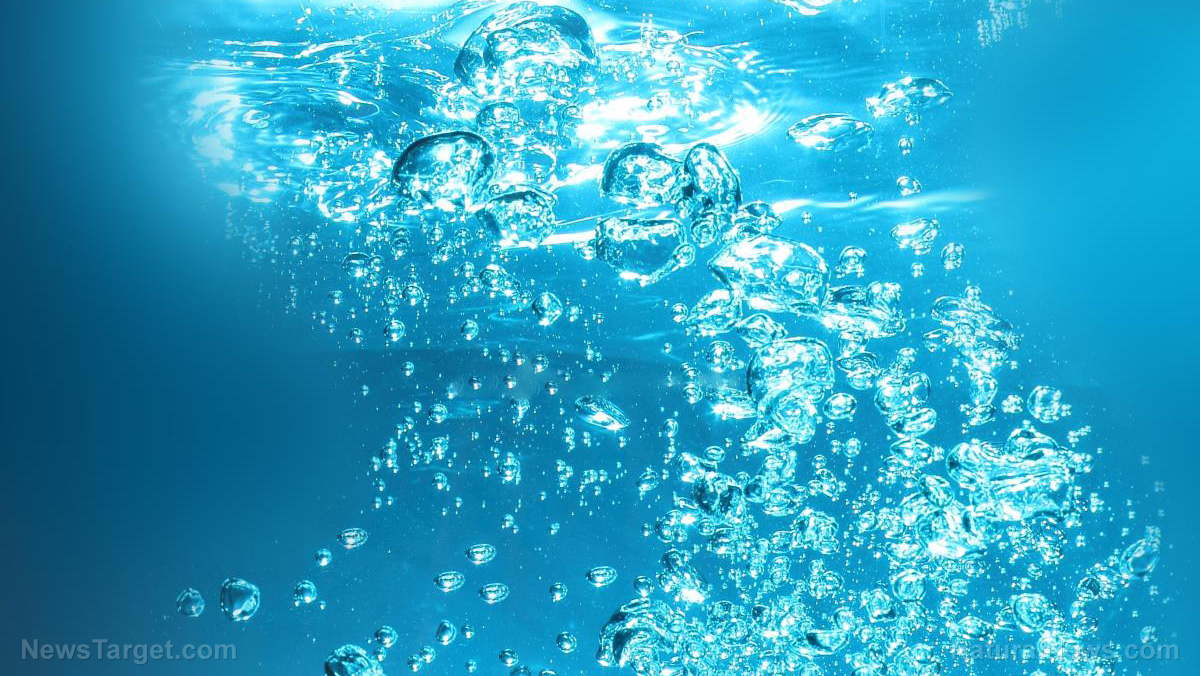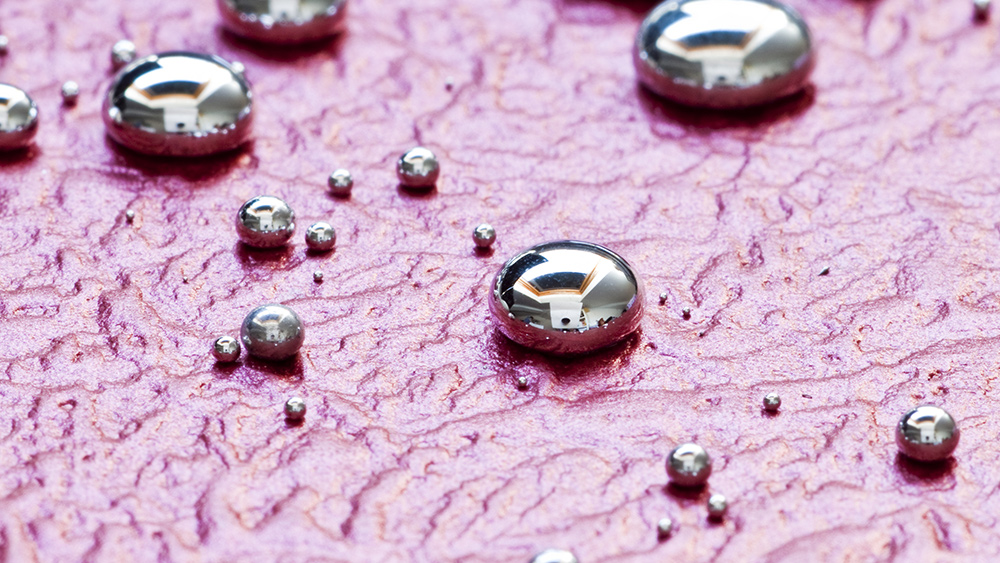Hazardous chemicals from decades-old plastic pollution is still contaminating freshwater lakes in Europe
05/31/2018 / By Janine Acero
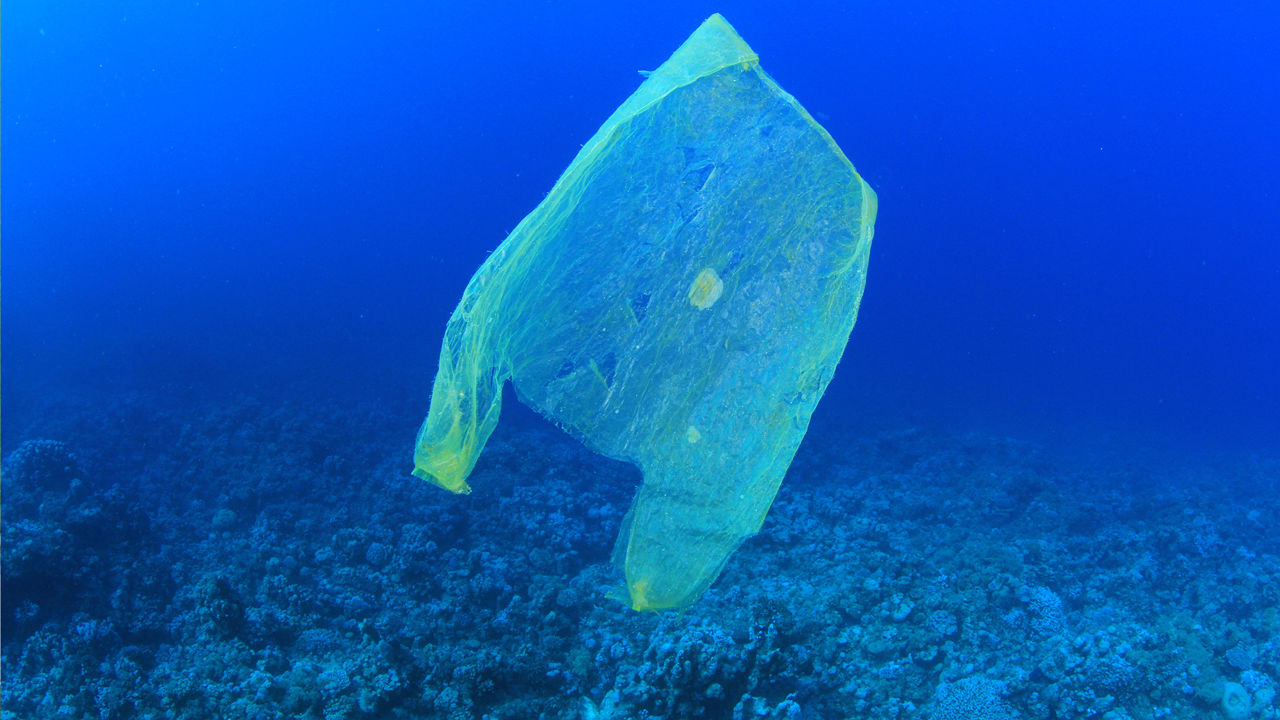
The spread of plastic pollution and hazardous chemicals into the oceans is a well-known phenomenon that has been extensively studied. However, little is yet known about the impact these toxic chemicals have on bodies of freshwater.
Now, the first-ever chemical analysis of one of western Europe’s largest bodies of freshwater revealed the presence of toxic chemicals from a wide range of plastic pollutants, some of which could be decades old.
A survey on the plastic waste washed up from Lake Geneva showed hazardous levels of bromine and cadmium that are potentially devastating to wildlife. Moreover, the researchers detected high concentrations of mercury and lead among the litter.
The study, which was published in Frontiers in Environmental Science, reports that the presence of these toxic chemicals that are now banned or restricted in plastic production indicate how old the plastic waste could be. These findings indicate that freshwater habitats are also affected by plastic pollution.
Switzerland is known for its reputation for cleanliness and pristine landscape, but the research team from the University of Geneva found that the lakes are as susceptible to plastic waste problems as the oceans.
The team collected litter from 12 different pebble beaches around Lake Geneva, and found more than 3,000 objects such as toys, pens, cotton swabs, piping, plant pots, food wrappers and packaging, and fragments of foam and polystyrene that washed up on the lake shore. About 600 objects were subsequently analyzed for toxins using X-ray fluorescence.
“A lot of the plastic was similar to that found on marine beaches, such as bottle tops, straws and polystyrene,” said Dr. Montserrat Filella, lead author of the study. “In contrast, there was an absence of nurdles – pellets used as a basis for plastic production – and a lower incidence of plastic filamentous fibers from commercial fishing, such as rope, netting and cord.”
The team detected 19 plastic items containing bromine which is above the European Union (EU) limit, and 57 items containing cadmium which is already at dangerous levels. They also detected lead in a quarter of all the analyzed objects, with 65 showing levels above the EU threshold. Meanwhile, mercury was found in plastic items that were red or reddish-brown. (Related: Mercury pollution in the Great Lakes: A look at how it impacts fish and what must be done to make them safe to eat.)
“The abundance of these toxic elements, which are now restricted or banned, reflects just how long the plastic has been in the lake. For example, mercury is a metal that to our knowledge has not been used in plastics for decades,” said Dr. Andrew Turner, co-author of the study.
The research team warned that plastic waste is a great threat to wildlife, either by ingesting or getting entangled in objects or through contamination by toxins. In addition, many objects represented a hazard to boats as they could damage propellers.
The amount of hazardous chemicals found in the lake is a cause for great concern, according to the researchers. “When they are eaten by animals mistaking them for food, the acidic and enzyme-rich conditions in the stomach could accelerate how quickly these toxins are released into the body, affecting the animals concerned,” said Dr. Filella.
Most studies have focused on pollution in the oceans, while bodies of freshwater have been largely overlooked regarding the impact of such hazardous chemicals, remarked Dr. Turner. “This is one of only a handful of studies of plastics in lakes, and the first of its kind to be undertaken in Lake Geneva.”
Visit Environ.news to learn more about the devastating effects of toxic chemicals to our health and the environment.
Sources include:
Tagged Under: cadmium, clean water, dangerous toxins, Ecology, environment, environmental hazards, hazardous chemicals, Lead, mercury, microplastics, ocean health, plastic litter, plastic waste, plastics, toxic chemicals, toxins, water health








